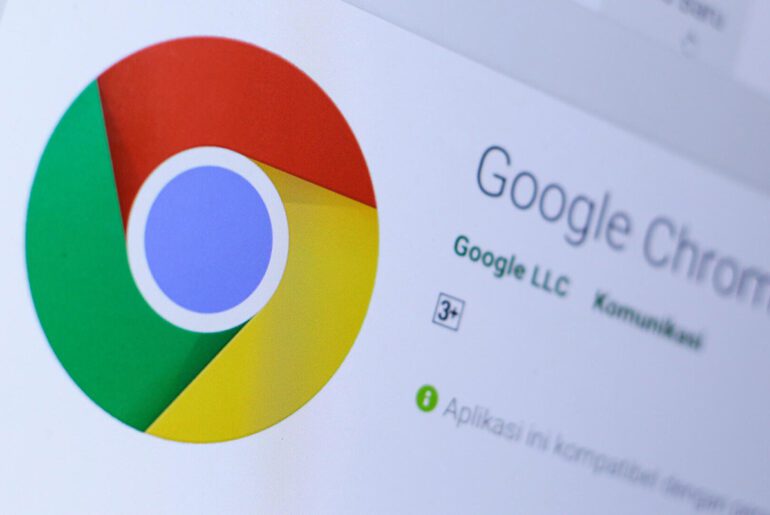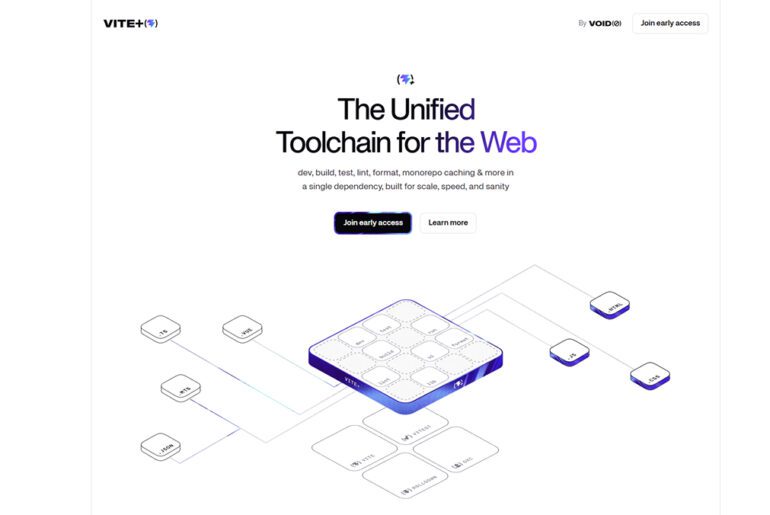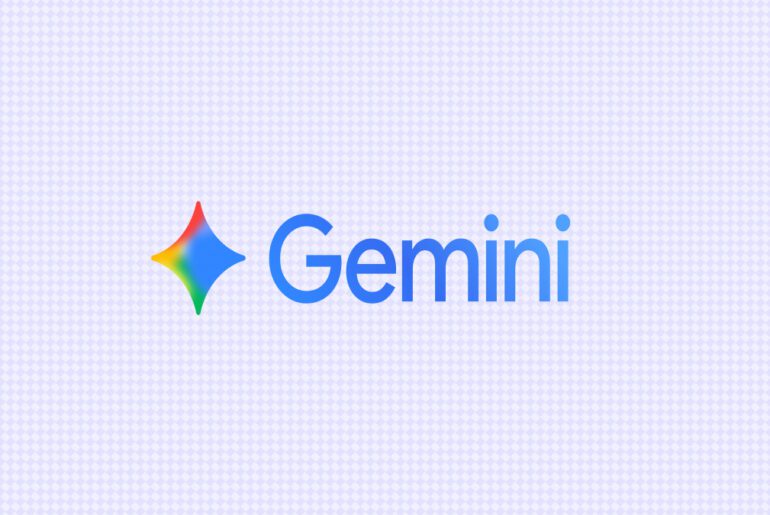Google has published a Q&A that tries to calm a developer community worried about its new identity requirement for anyone who wants their Android apps to install on certified devices. The company frames “developer verification” as a simple idea. If you install an app, your phone should know that the person behind it is who they say they are. If the developer gets caught shipping malware, they should not be able to vanish and reappear under a fresh alias. Google points to data that sideloaded apps from the open web carry over 50 times more malware than apps on Google Play and argues that tying installs to a verified identity will blunt that vector.
The timing is not subtle. Google is asking the US Supreme Court to pause a court order from the Epic case that would force it to open the Play Store to rival stores and external billing. While that fight plays out, Google is shifting the gate from the store to the operating system. Verification is not presented as a business move. It is presented as hygiene. Your package name plus signing key will be checked during installation against a trusted verifier on the device, with caching and pre-auth tokens to avoid constant network trips. Local developer flows keep working because installs over adb are exempt. The pitch is that ordinary users get fewer scams, developers keep shipping, and the bad guys finally run out of cousins willing to KYC for them.
F-Droid has warned that it cannot force thousands of upstream open source developers to hand Google a government ID, and it will not seize their package identifiers either. If verification becomes a prerequisite for installs and updates on certified devices, F-Droid’s distribution model breaks. The people who rely on it for tracker-free apps would lose a trusted channel, and maintainers who publish under their own names for safety or privacy reasons would face a hard choice. So the question is simple – if Google says it is opening distribution because courts and regulators demand it, but at the same time it forces every distributor back through a Google identity gate, what really changed for competition.
Google’s answer tries to thread that needle. Sideloading stays. Third party stores stay. Enterprise IT can keep installing unverified apps on managed devices. Students and hobbyists get a free account that can share builds to a small, pre-approved set of devices without uploading a government ID. For everyone else, registering once and claiming your packages becomes the ticket to reach the general population. Early access starts in October, with enforcement beginning in select countries in late 2026 and expanding globally in 2027. If you already publish on Play, your existing identity carries over.
This matters because Android is how billions of people compute. When a bank scammer persuades a stressed driver to install a “roadside help” app over the phone, the cost lands on a family, not on a platform slide deck. Google’s malware numbers tell a story of risk in the long tail of app distribution, and there is other evidence that Play itself has repeatedly had to yank malicious apps by the tens or hundreds of millions of downloads. The company is betting that real identity at install time reduces harm at population scale. If that works, the win is not abstract. Fewer thefts, fewer remote-access trojans, fewer “tap OK right now” moments that wreck savings.
There is a second story that is just as real to the people who built Android’s open culture. FOSS maintainers who publish under pseudonyms in hostile jurisdictions. Teachers who hand out starter APKs to a room of teenagers. Indie devs who never touched Play but ship to a loyal community through alternative stores. Google says those paths remain, but with a Google-run checkpoint for anything that reaches beyond a small, whitelisted circle. That is why F-Droid calls the policy existential. It is also why developers are reading the fine print on “unique application identifiers,” “claiming apps,” and OS-level enforcement. The surface area for control is moving lower in the stack, and that changes who gets to build an ecosystem’s norms.
For now, the facts are these. Identity verification is already a Play Store thing and Google claims it cut bad actor activity by double digits. The new plan extends identity checks to installs from anywhere on certified devices. Google says you will still be able to sideload, but your installer will ask whether the package name and signing key belong to a verified developer and will block if they do not, except in clearly carved enterprise and classroom scenarios. The company invites developers into early access and positions this as a year-long, feedback-driven rollout. The larger context is an antitrust climate where Google is under pressure in the United States and under the EU’s Digital Markets Act to change distribution terms. The company insists this is about safety. Opponents insist it is about power. Both can be true for different users on the same day.
If you build for Android, the pragmatic move is obvious. Verify, claim your packages, and keep your pipeline working. If you care about the commons that made Android interesting, the civic move is obvious too. Pressure Google and regulators to guarantee that open distribution remains viable for people who cannot or should not upload government ID to a single gatekeeper. A safer Android that narrows the space for abuse is worth building. A safer Android that narrows the space for independent software would be a loss you would feel every time you reach for an app that used to exist.
If you want to hear the full discussion straight from the Android team, go watch the episode now on YouTube.










